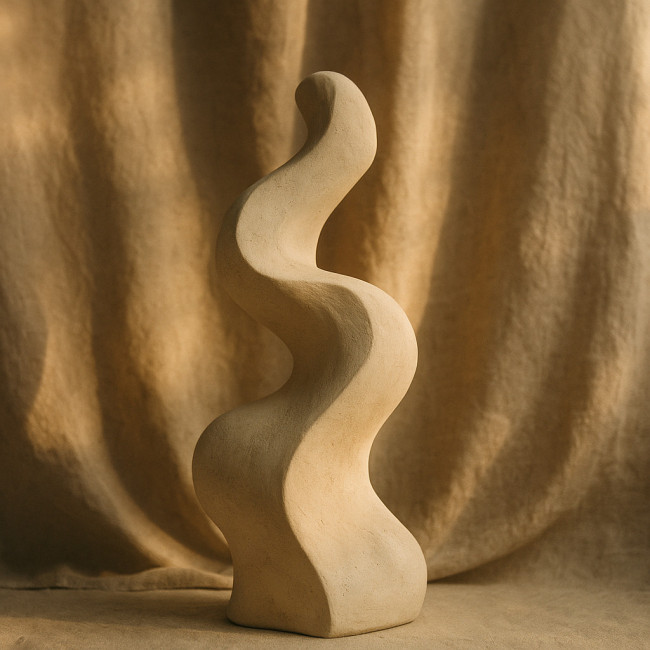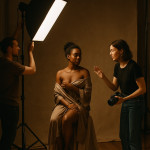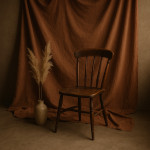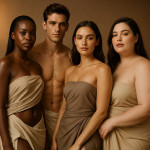Fine-art nude trends 2025: textures, lenses and post-production styles
Planning an artistic nude series in 2025? Discover the tactile backdrops, vintage lenses and nuanced edits that will keep your work gallery-relevant and client-ready next year.
Why fine-art nude photography is evolving in 2025

Collectors, gallerists and commercial art buyers want authenticity plus craftsmanship. They are tired of sterile studio backdrops and plastic skin blurs. Rising demand for body-positive narratives, eco-friendly sets and ethical guidelines pushes photographers to rethink every step—from mood board to colour grade.
Textures that dominate 2025 studio and location shoots
Tactile fabrics replace seamless paper
Mute linens, raw silk or recycled denim panels add gentle folds and imperfections that echo the human form. They photograph beautifully under soft cross-light, introducing shadow valleys that contour muscle lines without retouching.
Organic surfaces: wood, clay and stone
- Clay walls cracked in natural patterns lend earthy symbolism.
- Charred wood boards create deep blacks, perfect for low-key setups.
- Limestone blocks scatter light, wrapping bodies with a painterly halo.
Remember ventilation and comfort: organic sets generate dust. A portable air purifier keeps the scene safe for talent.
Lens choices shaping the new aesthetic
Vintage glass for creamy flares
Helios 44-2 and Canon FD 50 mm lenses soften edge contrast while preserving central sharpness. When paired with modern mirrorless bodies, they create a delicate glow that celebrates skin texture instead of masking it.
Tilt-shift primes for sculptural lines
A 50 mm tilt-shift lets you plane-focus along collarbones or hips, highlighting anatomy without depth-of-field gimmicks. Recruiters browsing the artistic nude photographer directory report a 37 % higher save rate for portfolios showing subtle tilt-shift work.
Mirrorless medium format for ultra-detail
160 MP digital backs capture pores and goosebumps at editorial clarity. To keep files manageable, shoot 14-bit RAW and export 8k TIFFs for clients.
Post-production styles clients request most
| Style | Key Moves | When to Use |
|---|---|---|
| Subtle film emulation | Halation layer, reduced contrast curve, Kodak P160 LUT | Open-air sets with pastel props |
| Desaturated sculptural | Lower vibrance ‑20, local dodge & burn on muscle groups | Studio charcoal backdrops |
| Infrared tint | Channel swap, pink highlights, teal shadows | Outdoor foliage scenes |
| Monochrome grain | Ilford HP5 preset, grain size 45 µ, soften skin mask | Editorial spreads needing typography overlay |
Skin-texture integrity: frequency separation 2.0
The 2025 update uses three frequency layers instead of two. A micro-detail layer (2-5 px blur) preserves pores while a mid layer corrects colour banding. Quick tip: edit on a calibrated 4k display at 100 % zoom to avoid over-blurring.
AI-assisted composites and ethical boundaries
Generative fill can extend fabrics or rebuild background cracks. Never alter body shape without explicit model consent. For clear contracts, review model-release clauses before opening your clone stamp.
Workflow checklist for booking-ready sessions
- Pre-visualise poses with 3D mannequins; share renders to secure prop budgets.
- Send a lighting plan; incorporate lighting that flatters all skin tones to widen casting options.
- Align on inclusive storytelling—study inclusive posing guidance for body-positive framing.
- Create a mini style guide: textures, lens notes and intended grade references.
- Book a retoucher early; allocate 25 % of project hours to iterative colour passes.
Quick quiz: Are you 2025-ready?
FAQ
- Do I need medium format to meet gallery expectations in 2025?
- No, but high-megapixel files (45 MP+) with clean skin detail help if you plan large prints. Lens choice and lighting matter more than sensor size.
- Which colour grading LUTs stay popular next year?
- Kodak P160, Fuji 400H and subtle copper-tone monochromes top agency briefs. Avoid heavy teal-orange looks, they feel dated.
- How much retouching is acceptable for body-positive work?
- Remove temporary marks (dust, stray hair) but keep scars and natural texture unless the model asks otherwise.
- Can AI safely expand backdrops for fine-art nudes?
- Yes, if the expansion doesn't misrepresent the model's body and your usage license allows derivative AI edits. Always disclose AI use in the deliverables sheet.
- What lighting ratio flatters diverse skin tones on textured sets?
- A 2:1 key-fill ratio with indirect bounce maintains depth while preventing harsh specular hotspots on fabrics or skin.
Ready to elevate your next shoot?
Apply these 2025 trends and update your mood boards today. If you still need inspiration, browse the curated artistic-nude roster on Artfolio, then book your favourite collaborators. Start crafting images that clients will shortlist long before the year turns.











